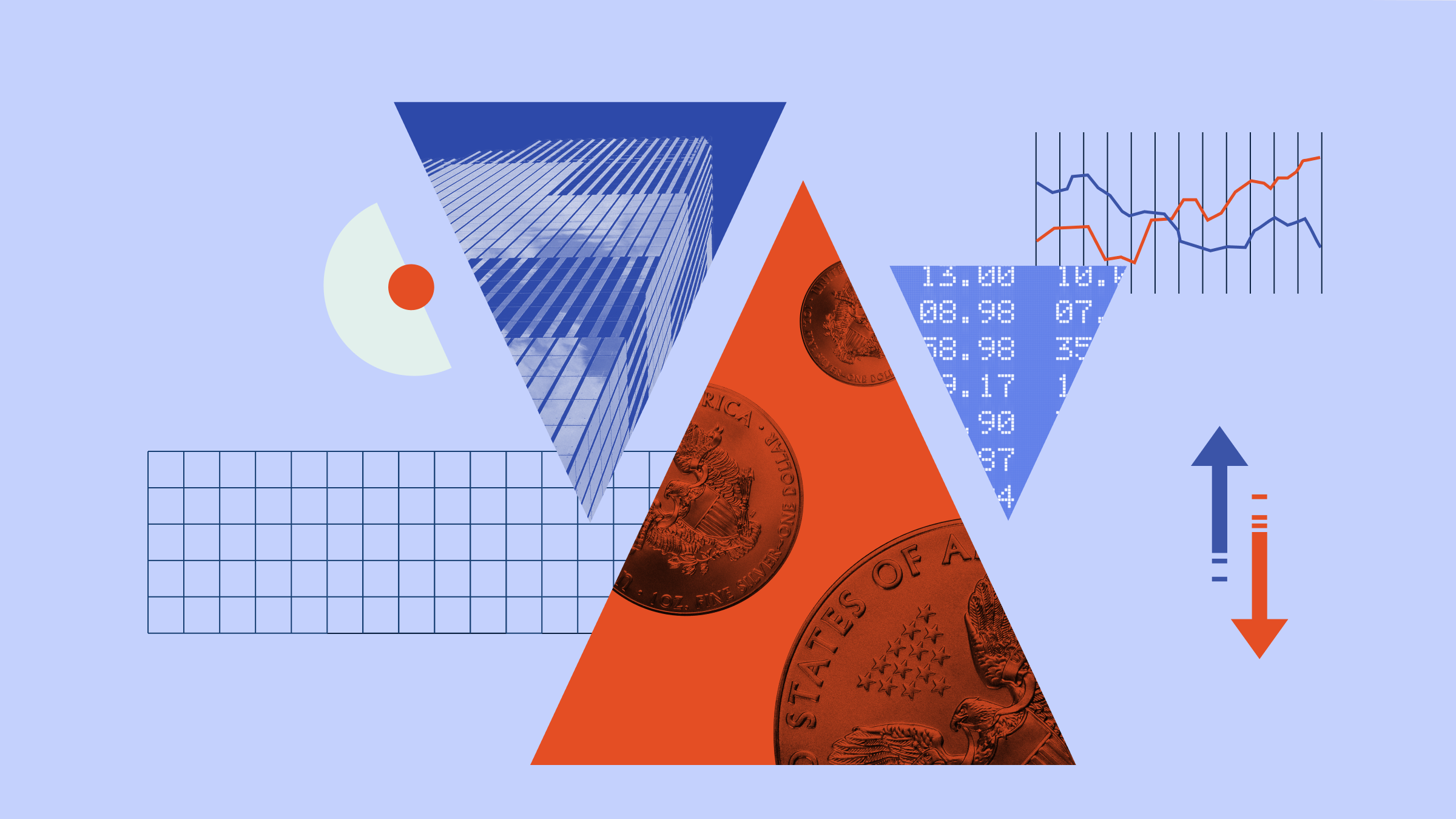Jeremy Grantham: This is my favourite exhibit on oil. For 100 years, it oscillated wildly, which is it's wound around $19 and then in OPEC of 1972 it jumped to about $36 and then more recently it jumped, I think, to about $65. I used to think $75, but about $65. The point here is it's not $19 in today's currency. We have nearly quadrupled the cars. We are beginning to show signs of all resources running out.
This was the general graceful decline in prices of resources and then we had a recovery for no known reason. Not World War I or World War II like the others, it just went up. And then it came down and bounced around. But you can see that the old trend is probably dead and gone, and I believe price of oil will once again in several years be considerably higher.
Agriculture is another point which interacts with climate change and other problems. The productivity in the green revolution on the left was 3.5% a year, just sensational. In three years, you had a 10% increase. Not surprisingly, it came down. It's down to 1.2% which is exactly the 10-year average growth in global population. We have no safety margin, no run for people to eat cattle which is 5 times as grain intensive. It is a dead heat at the moment and erosion and climate change working against us.
Another problem you will not be aware of is that you cannot grow anything, animal or vegetable, without phosphorus or potassium, but we'll deal phosphorus because 77% of all the cheap useful phosphorus in the world is in Morocco and the Western Sahara that it controls. If you took them out for any political reason, in 55 years, assuming a 2% annual growth in food, and we run out.
Why a crisis now on resources? The population explosion. When you see any chart like this in investing, you want to jump. I put in Malthus at $1 billion and my birth at under 2 billion, 1.7 billion, and now we're 7.5 billion heading almost certainly to 10 billion. And the other reason was China gobbling up the world. 53% of every bag of cement on the planet was used in China and 48% of all the iron ore, etc., 47% of the coal.
The possible saving grace to frame this picture is the declining population growth, the fertility rate that Malthus never even dreamt of. We have chosen because children are damn expensive and incredibly inconvenient. All the developed countries have decided to drop below a replacement level and as have China, Japan, and the Far East. The only problem here is Africa, and if the U.N. were to be right, which it will not be, you can see in red a 2 billion increase and change, 2.5 billion, in the rest of Africa and Nigeria exploding to 750 million. When I was born, it had 26 billion.
Incidentally, Syria had 2.8 million and now has 28 million. It has many more migrants than it had population when I was born. The big problem here is pressure on resources forcing immigration from Africa and the near east, climate change making it worse and threatening the liberal tradition of Europe with the waves of immigration, which I'm sorry to say I wrote about four years ago, the liberal traditions are looking a little shaky as we sit.
The other saving grace is the enormous progress in alternatives, far greater than most people realize. You can see the stunning scale for utility, solar there from $400 to $54 just in the last handful of years and wind keeping up. They have actually been bided and accepted, signed contracts at 30 on both of them in northern Chile and Qatar.
And this is now competitive. Solar and wind without year-round storage is cheaper than coal. On the contracts signed, in Chile, you are talking a lower price than the variable cost of coal, just the cost of the material not the cost of the plant, the maintenance and the depreciation.





















